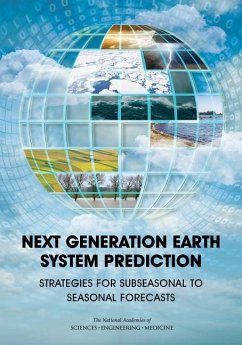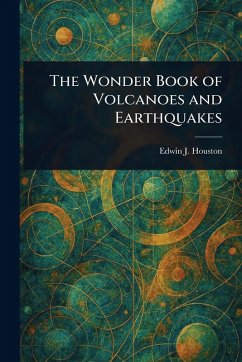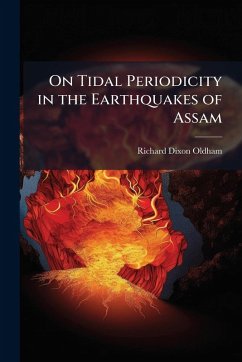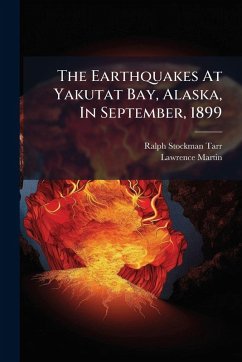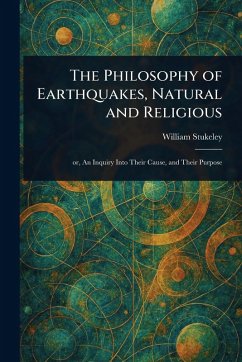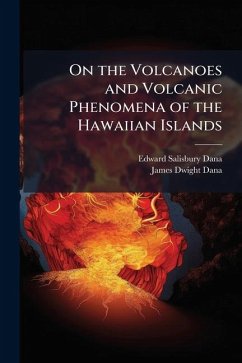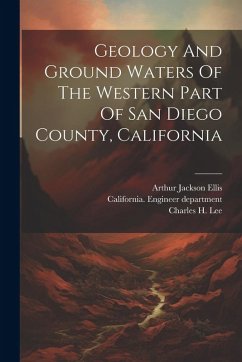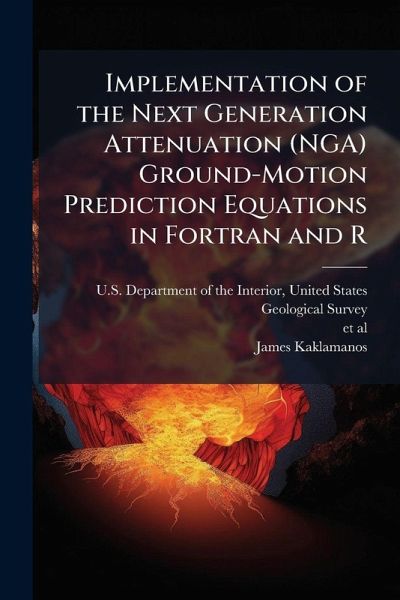
Implementation of the Next Generation Attenuation (NGA) Ground-Motion Prediction Equations in Fortran and R

PAYBACK Punkte
7 °P sammeln!
This report presents two methods for implementing the earthquake ground-motion prediction equations released in 2008 as part of the Next Generation Attenuation of Ground Motions (NGA-West, or NGA) project coordinated by the Pacific Earthquake Engineering Research Center (PEER). These models were developed for predicting ground-motion parameters for shallow crustal earthquakes in active tectonic regions (such as California). Of the five ground-motion prediction equations (GMPEs) developed during the NGA project, four models are implemented: the GMPEs of Abrahamson and Silva (2008), Boore and At...
This report presents two methods for implementing the earthquake ground-motion prediction equations released in 2008 as part of the Next Generation Attenuation of Ground Motions (NGA-West, or NGA) project coordinated by the Pacific Earthquake Engineering Research Center (PEER). These models were developed for predicting ground-motion parameters for shallow crustal earthquakes in active tectonic regions (such as California). Of the five ground-motion prediction equations (GMPEs) developed during the NGA project, four models are implemented: the GMPEs of Abrahamson and Silva (2008), Boore and Atkinson (2008), Campbell and Bozorgnia (2008), and Chiou and Youngs (2008a); these models are abbreviated as AS08, BA08, CB08, and CY08, respectively. Since site response is widely recognized as an important influence of ground motions, engineering applications typically require that such effects be modeled. The model of Idriss (2008) is not implemented in our programs because it does not explicitly include site response, whereas the other four models include site response and use the same variable to describe the site condition (VS30). We do not intend to discourage the use of the Idriss (2008) model, but we have chosen to implement the other four NGA models in our programs for those users who require ground-motion estimates for various site conditions. We have implemented the NGA models by using two separate programming languages: Fortran and R (R Development Core Team, 2010). Fortran, a compiled programming language, has been used in the scientific community for decades. R is an object-oriented language and environment for statistical computing that is gaining popularity in the statistical and scientific community. Derived from the S language and environment developed at Bell Laboratories, R is an open-source language that is freely available at http: //www.r-project.org/ (last accessed 11 January 2011). In R, the functions for computing the NGA equations can be loaded as an This work has been selected by scholars as being culturally important, and is part of the knowledge base of civilization as we know it. This work was reproduced from the original artifact, and remains as true to the original work as possible. Therefore, you will see the original copyright references, library stamps (as most of these works have been housed in our most important libraries around the world), and other notations in the work. This work is in the public domain in the United States of America, and possibly other nations. Within the United States, you may freely copy and distribute this work, as no entity (individual or corporate) has a copyright on the body of the work. As a reproduction of a historical artifact, this work may contain missing or blurred pages, poor pictures, errant marks, etc. Scholars believe, and we concur, that this work is important enough to be preserved, reproduced, and made generally available to the public. We appreciate your support of the preservation process, and thank you for being an important part of keeping this knowledge alive and relevant.



